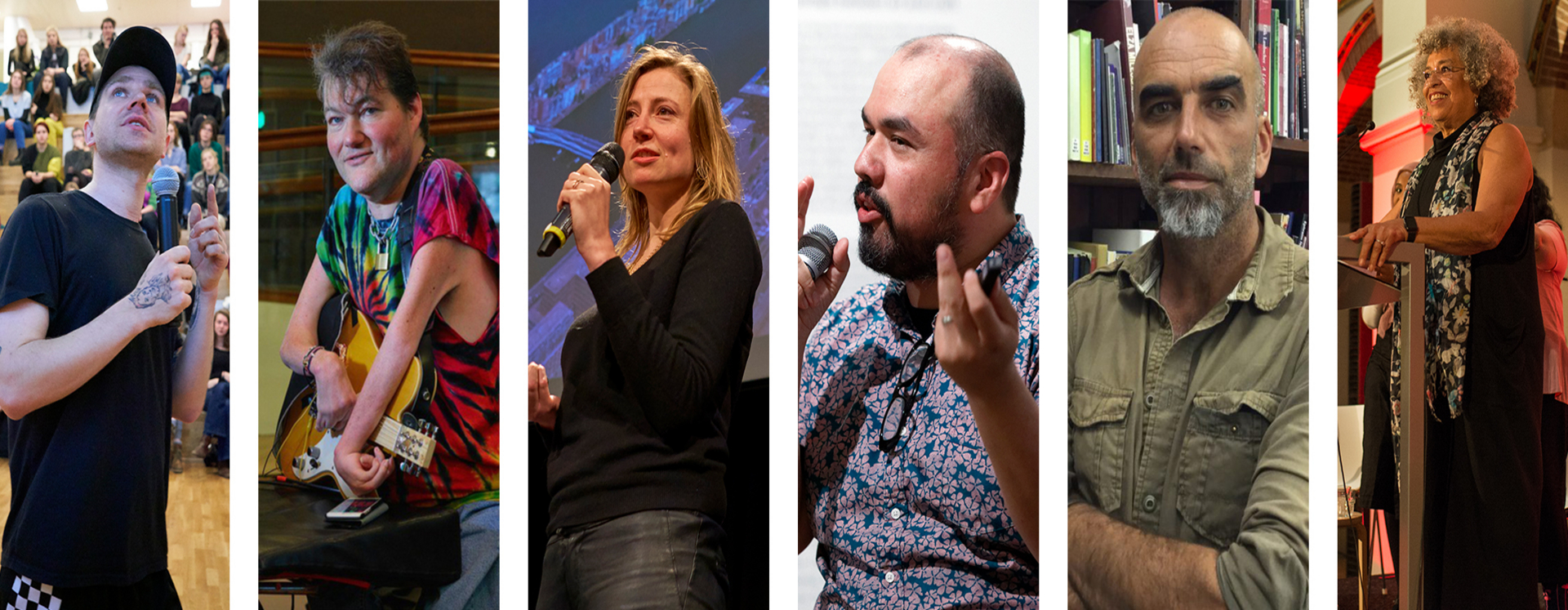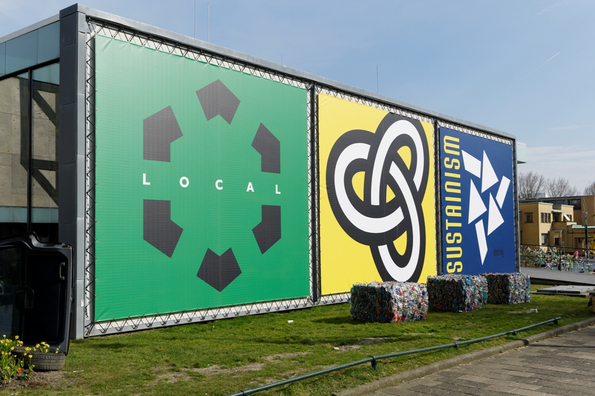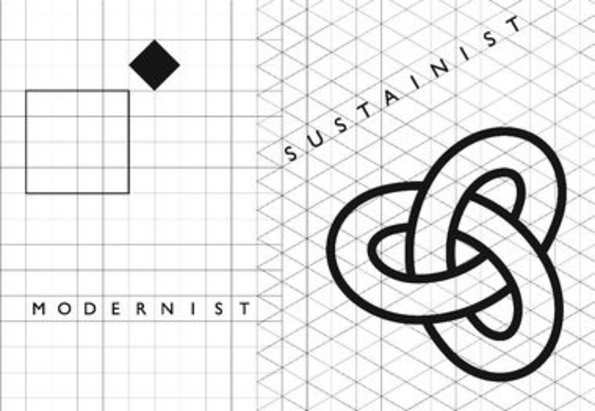‘Sustainist design should both be the design attitude and the starting point’
As of September 2013, Michiel Schwarz has joined the Academy of Architecture and the Reinwardt Academy as an Artist in Residence. Schwartz is a cultural sociologist, consultant and future theorist. In 2011, he introduced the term ‘sustainism’ together with Joost Elffers, thereby providing a new cultural era with a name. In his AIR program, Schwarz explores how the sustainism perspective can provide new insights into crucial questions in the world of cultural heritage and the design domain (architecture, urbanism and landscape architecture).
'It seems like ages ago that the spacial designing disciplines of architecture, urbanism and landscaping, were given their explicit roles in thinking about and working on a better society – and were confronted with their responsibilities’, says Aart Oxenaar (Director of Academy of Architecture) in the preface of the new course guide. The search for this new role is expanded with the joining of Artist in Residence Michiel Schwarz. Even more so than the past years – where reallocation and durable designs were key terms – Academy students are challenged during the coming year, to transform complex societal challenges into attractive, both socially and ecologically sustainable, spacial and cultural measures.
Designing ethos
‘This era requires a new designing ethos’, Schwarz argues. We are living within a culture where terms such as sustainability, connectivity and local involvement become much more prominent when designers seek creative solutions. This requires a vision as to the social aspects of design, and a perspective that can deal with a changing culture.
Schwarz, who has previously created a division for the social dimension of design at the Design Academy Eindhoven, promotes a new socially sustainable approach to design: ‘sustainist design’. Earlier this year he published the Sustainist Design Guide (BIS Publishers) together with Diana Krabbendam. ‘Sustainist design should both be the design attitude and the starting point’, he says. ‘ It is not the design in itself, but the social significance of the design and the role of the designer in relation to others, that should have a central role in the era of sustainism’.
‘I want to challenge and stimulate students – and teachers – to take the sustainist perspective when looking at the visibility of the changing culture in the world of architecture, design, heritage and the relationship between these fields. This involves co-design, local initiatives, but also open source. The up and coming culture of sustainism is also the culture of sharing, cooperation and humanism. These are the new qualities of our era and the challenge is to incorporate them into our design processes and in redesigning and scaping our environment. I want to expose and explore the new ‘landscape’ of sustainist design theory and practice with the students of the Amsterdam academies. Both disciplines can benefit greatly from the exchange of their knowledge and expertise, such as with reallocation. Together we seek concepts and practices that fit the new culture, as well as what it means to be a ‘sustainist designer’.
New perspective for the future
Albert Einstein used to say that problems cannot be solved with the same mind-set that gave rise to that problem in the first place. When we look at the world from a new perspective, we also need new symbols and words. This led to the introduction of a new word by Michiel Schwarz and Joost Elffers: sustainism, thereby addressing what they see as the new cultural era following the 20th century modernism and post-modernism. ‘During the past 50 years, our culture became one of technology’, Schwarz explains. ‘This is now commonplace, but we are required to shape this culture from a social perspective and social qualities, and not just based on technical logic’. Sustainism is both an observation of an era and a new vision for the future, where cohesion, networks, connecting, sharing and exchange are key. Keep in mind the circular economy.
The culture of sustainism has been on the rise for a long time, but it does not have a definite beginning. Not even a zero line. ‘But when having to name a specific moment marking the new perspective, I would go for that famous photo from 1968, when for the first time people could see the entire planet earth in one frame, shot by the astronauts during the Apollo 8 trip to the moon – one world where everything is interconnected and where we all have a collective responsibility. This is where the sustainist way of thinking began’, Schwarz argues.
Joost Elffers and Michiel Schwarz designed a series of graphic symbols to express this new culture in their Sustainism manifesto. The open hexagon is a symbol for local values and the ‘quality of open connections’. A collection of geometric shapes within a blue frame represent the idea of sharing and cooperation. The biggest eye-catcher is the three dimensional trefoil, representing the importance of dependence and mutual involvement between people, in relation to the environment and the world as shaped by mankind. It became the symbol of the cultural focus of sustainism itself. Recently, three of these sustainism symbols were displayed at the The Hague Municipal Museum, as part of the international art manifestation ‘Yes naturally, how art is saving the world’.
AIR-programme
Michiel Schwarz will be programming and leading a public Capita Selecta lecture series at the Academy of Architecture in September and October, titled ‘Sustainist (Re)Design’. In cooperation with Riemer Knoop, Cultural Heritage lecturer with the Reinwardt Academy, and together with other lecturers, he is organizing educational projects for bachelor and master students of both courses.
AIR is a programme of the Art Practice and Development research group in collaboration with the institutes of the Amsterdam University of the Arts. (AHK)
by Nik Berkouwer



